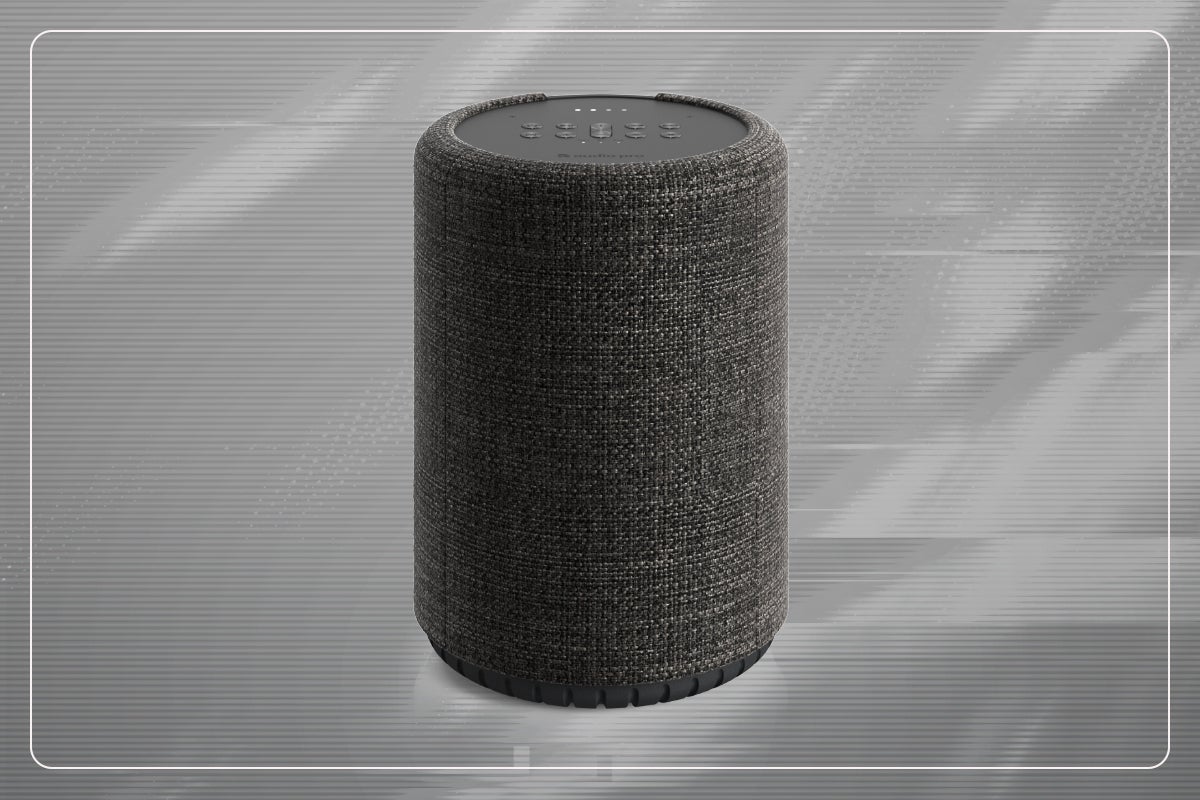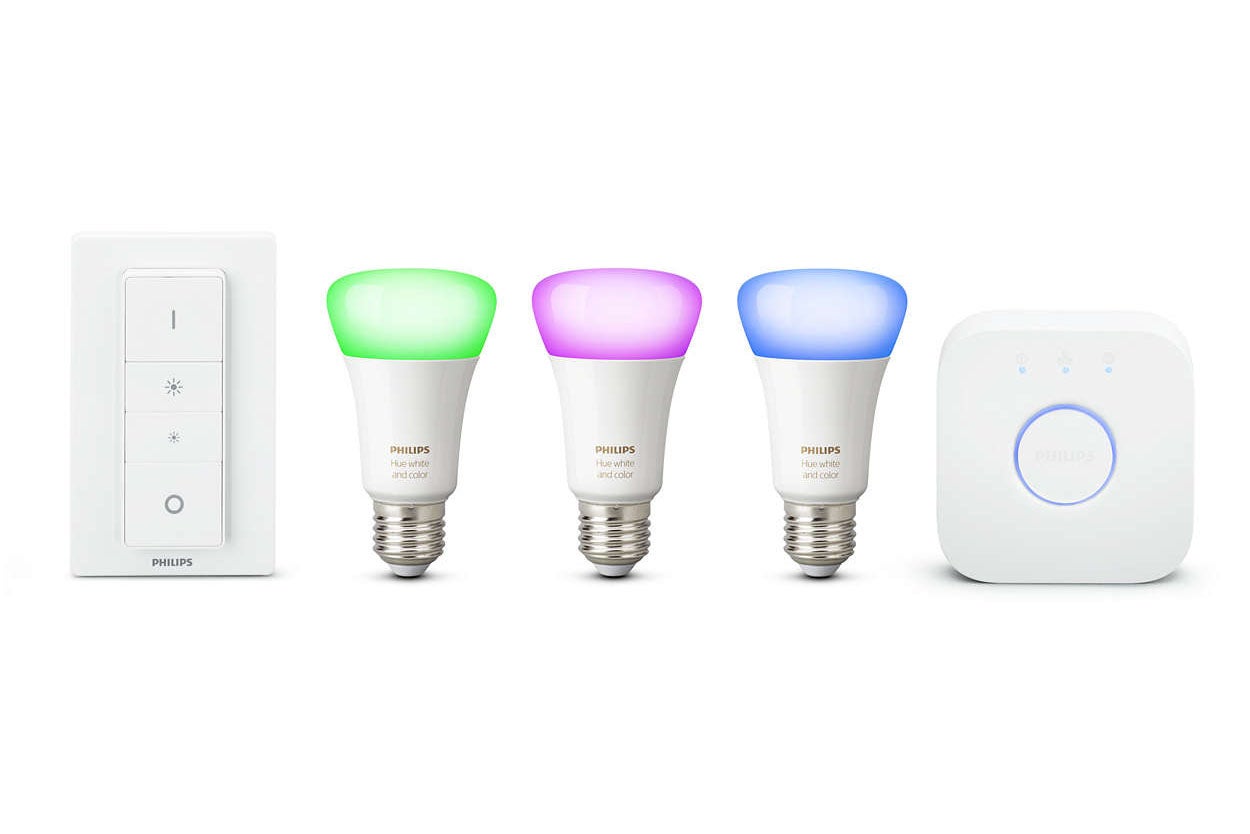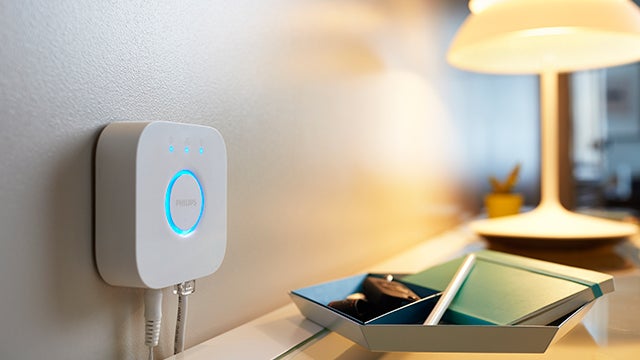How many lumens do you need for a light bulb?

Shopping for a new light bulb? We’ve compiled this guide to explain everything you need to know about lumens.
It includes what a lumen is and how many you’ll need to brighten up your bedroom, living room or kitchen.
What is a lumen?
A lumen (lm) is a measurement of the total quantity of visible light emitted by an object. It’s a standard that’s commonly used for projectors and light bulbs. Regarding bulbs, the higher their lumen rating, the brighter they are.
Traditionally, bulbs were sold by the power draw in watts, such as an 80W bulb. Today with energy-saving bulbs and smart lighting, that figure doesn’t make sense, as two bulbs with the same wattage may output different light levels. Because of this, there’s been a move to rate light bulbs by the light they produce.
Measuring light in lumens makes it significantly easier to compare the brightness of two or more bulbs regardless of how much power they use, and ensures you pick up the correct one, whether you’re shopping for a new bulb or replacing an old one.
How many lumens do you need for a light bulb?
How many lumens you need for a light bulb will depend on how bright you want your room to be, along with other factors such as the size of your room.
For example, a large room will need more lumens than a small one to give the same effect and brightness as fewer lumens in a smaller room.
If you need a lot of light, you should opt for a high-lumen bulb. This number is typically displayed on the side of a light bulb’s packaging and on the website you’re using to shop.
Lighting store Pooky recommends that you first work out the foot lumens, which is the number of lumens you need per square foot (also known as a foot candle). Its recommendation is 10-to-20 lumens per square foot in a bedroom or living room, while a bathroom or kitchen will need more light at around 70-80 lumens per square foot.
You then multiply this figure by the square footage of your room. So, a 100-foot living room says Pooky, will require 1000 to 2000 lumens in total.
That light requirement can come from a single light source or multiple light sources. So, if you had one light fitting, you’d want a bright bulb of at least 1000 lumens, if you had four spotlights at 250 lumens each, you’d get your 1000 lumens in total.
Remember that the figure you’re aiming for is the peak output, which may be too bright for all circumstances, which is where dimmers and smart lighting come into play. With smart lights and dimmers, you can easily adjust the brightness, so you can have a peak brightness that bathes a room in light, and then drop the brightness down to create a more gentle and calming effect.
How does the number of lumens compare to watts?
The US Department of Energy recommends you swap a 100W incandescent bulb with one that gives you around 1600 lumens for a similar effect, which includes the latest Philips Hue bulbs.
If you’re replacing a 75W bulb, it suggests looking for an energy-saving bulb that gives off 1100 lumens, while those switching out a 60W bulb should look for an energy-saving bulb of around 800 lumens.
40W bulbs can be replaced with energy-saving bulbs that give you around 450 lumens, according to the Department of Energy.





